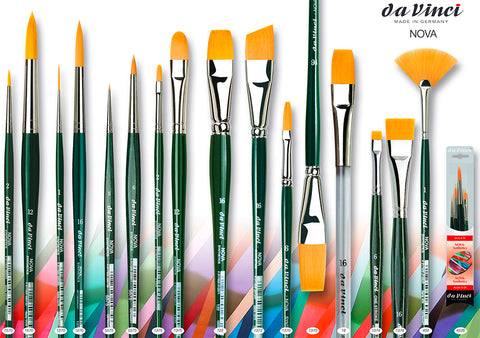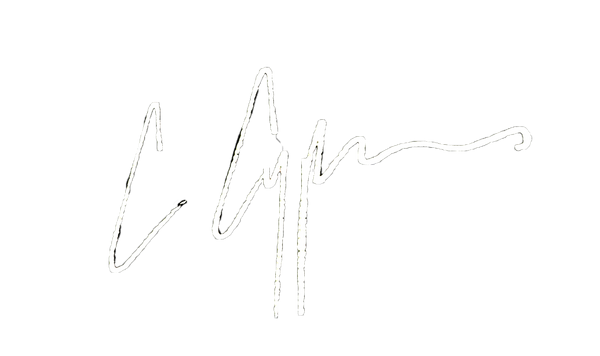When I first began painting in my bedroom a long time ago (i feel oooold) I had no idea of which type of brushes to use!
My only concern was that I wanted to get paint down on paper and let my creativity run riot !. It can be all too easy to get sucked into the technicalities of having perfect materials before you make a start, but that isnt the case. The point of making art is that you start with the basics and have fun....
"I used what I had at that time, which happened to be a small cheap watercolour set given to me as a gift!. I made some good first attempts at those watercolours with practice, then I began experimenting a bit more with acrylics and oils , and as time moved on it became apparent that I needed to find the correct brushes for the medium I was using, to get better technically and make application of paint easier. I was always on a tight budget, so hopefully this post can help steer you in the right direction!"..
Where to start?
I soon discovered that the difference between cheap brushes and top end brushes is vast , and it can be confusing to find the right brushes for what you need. I did experiment with different types of natural hair brushes when I first began painting, and I do still have some of these natural brushes I bought back then. However, as time went by and I was painting much more regularly using acrylics, I was getting through ALOT of brushes!! It was time to find a cheaper and more sturdy alternative to natural brushes.
Consider your medium
"Do you prefer to paint using watercolours, oils or acrylics? The type of medium you use is the biggest factor in choosing brushes. Weights of brushes, texture and shape of bristles all play a part in how the paint goes on the canvas, and how well they hold paint"....

Natural vs Synthetic
It has generally been the consensus that natural brushes are far superior to synthetic, but advances in technology and new materials have changed those views in more recent times. Most natural paint brushes are very expensive and made from sable, (weasel) or squirrel hair along with Ox, badger and boar hairs. It is sometimes debated if this is still ethically acceptable, however there is no doubt of their quality.
"Although natural hair brushes work extremely well with most mediums, they can get damaged if you regularly use acrylic paints, and if they are not cleaned properly after use. If you splash out on natural hair brushes, you will need to spend alot more time looking after them to keep them in top condition. I decided to switch to synthetic brushes a while ago, to avoid damage to the fine hairs of natural brushes, and save some money!"
Examples of synthetic materials
TaklonThe material Taklon, similar to nylon was originally designed in Japan to mimic the handling characteristics of natural Sable. More hygienic, easier to clean and also with the ability to hold more liquid. The ends of the nylon bristles are cut mechanically to create a similar texture to those of a natural hair brush.
Polyester/nylon blend
Excellent for maintaining shape and for paint control, a blend brush is a good all round choice for most mediums, and will be a lot cheaper than natural sable brushes.
‘high end’ synthetic alternatives
There are companies out there today who hand make really good alternatives to real hair brushes. Escoda, a family company based in Barcelona are the makers of a brush called the ‘Escoda Versatil’, https://www.escoda.com/acuarela/versatil.html which is widely thought by many artists to be the closest thing to a natural sable hair brush, the bristles behaving in the same way as natural hair. These brushes are put together by hand by skilled craftsmen, hence the higher price. Check out the video to see how they are made
Personal choice
Most Brush companies offer a wide range of brush types, from beginners to professional, which is why it is so difficult to single particular brands out in a category.
"As with everything related to making art, brushes are a personal choice and finding a brand that suits you is an ongoing process. Over the years I have tried many different brands including Da Vinci, Pro Arte and Winsor and Newton, and i continue to search for other brushes , there are so many out there to try!"...

One thing i figured out is that the most expensive brushes are not necesarily the best tool for the job in my opinion!. My main needs from a brush are that it lasts a decent length of time and that it is fairly rigid rather than very soft, to be able to hold oil paint well.
Brush hacks - literally
One tip i have for creating rough texture in paintings is to take a small pair of scissors and hack into a brush to make the ends uneven and scruffy. probably frowned upon by many but it works for me... Of course i wouldn't do this with expensive brushes!
you can use rough brushes to create texture on your canvas, so dont throw your old ones away, they might come in handy when you are creating branches on a tree, blades of grass, or just background texture.



My best budget brush choices
Da Vinci
Try the Nova series, well priced and good for acrylics. I used these for a while and still have some in my brush collection. I use them to apply acrylic paint as under paintings before adding Oil paint.

Pro Arte Acrylix
Pro arte are my brushes of choice for acrylic and oil painting at present. I use the acrylix range, because I find they are very durable with oil paints, they withstand a lot of use, and last for ages. They also do a new alternative especially good for watercolours called the 'sablene' brush, which holds water very well , as a real hair brush would. This post by Lawrence art supplies is excellent and compares the Pro Arte 'sablene' brushes with natural brushes.
https://www.lawrence.co.uk/blog/testing-and-comparing-sablene-brushes/

Consider a kit
Purchasing a full set of brushes as a kit is sometimes a good way of saving money, you can always add to this as you progress on your art journey.
Adding a good quality brush to your kit now and again will build a really good set over the long term.
Check out this Pro Arte Acrylix brush set , for a bargain price of £50. A great gift for the artist in your life, or to treat yourself of course
https://www.artsupplies.co.uk/item-pro-arte-brush-case-set-acrylix.htm
i hope this has helped with your brush choices, and remember to have fun making art! (This is not a gifted blog)

